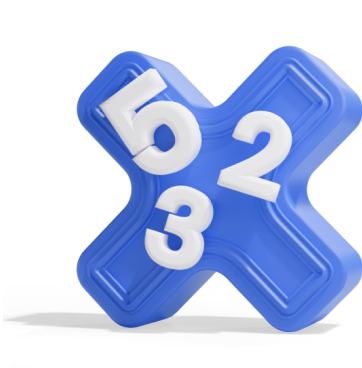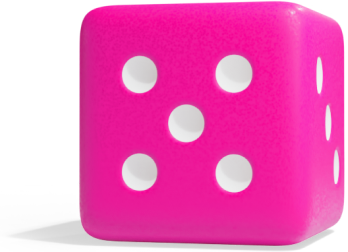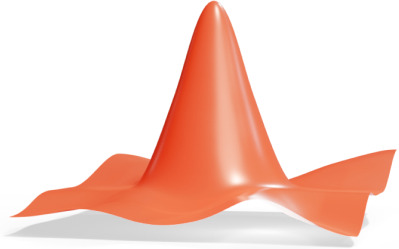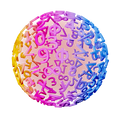GeoGebra
A vector in GeoGebra can be defined either by its coordinates, or by its start and end points.
GeoGebra Instruction 1
Defining Vectors
- 1.
- Open
Algebra ViewandGraphics ViewunderViewinMenu. - 2.
- If you know the coordinates of the vector, use the command
Vector(<Point>)and enter the coordinates of the vector as a point—that is, as(x, y). If you only know the start and end points, use the commandVector(<Start Point>, <End Point>)and insert those values accordingly. PressEnter. - 3.
- The vector will be shown in
Algebra ViewandGraphics View.

You can work with vectors in the same way as numbers in GeoGebra. If the name of your object is a lowercase letter, then GeoGebra interprets the coordinates as a vector. Uppercase letter names are interpreted as points.
Example 1
If you have defined v:=(4, 3) and u:=(1, 3), then you can type 2v and get (8, 6), and u+v to get (5, 6).
You can also use GeoGebra to find the length of a vector.
GeoGebra Instruction 2
Length of a Vector
- 1.
- Open
Algebra ViewandGraphics ViewunderViewinMenu. - 2.
- Enter
Length(<Object>), and fill in your vector for<Object>. PressEnter. - 3.
- The length is now shown as a separate number in
Algebra View.

You can also use GeoGebra to find the distance between two points.
GeoGebra Instruction 3
Distance Between Points
- 1.
- Open the side menu in the right corner.
- 2.
- Under the
Viewtab, select bothAlgebra ViewandGraphics View. - 3.
- Enter a point and an object (either a point or a vector) with appropriate names.
- 4.
- Use the command
Distance(<Point>, <Object>), fill in the names of the point and the object, and pressEnter. - 5.
- The distance is now shown as a separate number in
Algebra View.

The image above shows the distance between two points, and . It also shows the distance from the vector and the point .
To find the distance between two points, you can either find the length of the vector going between them—as in Item 3—or use the command in Item 5.




















